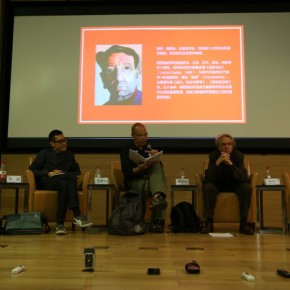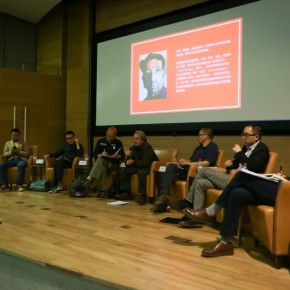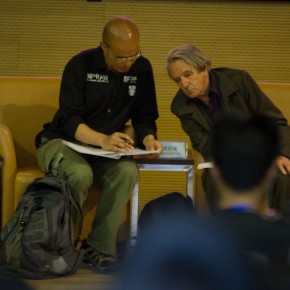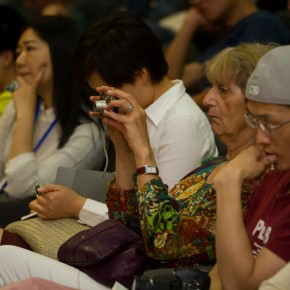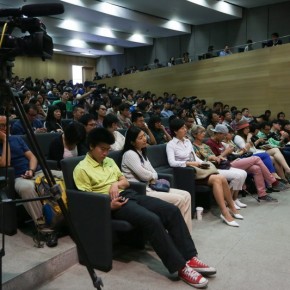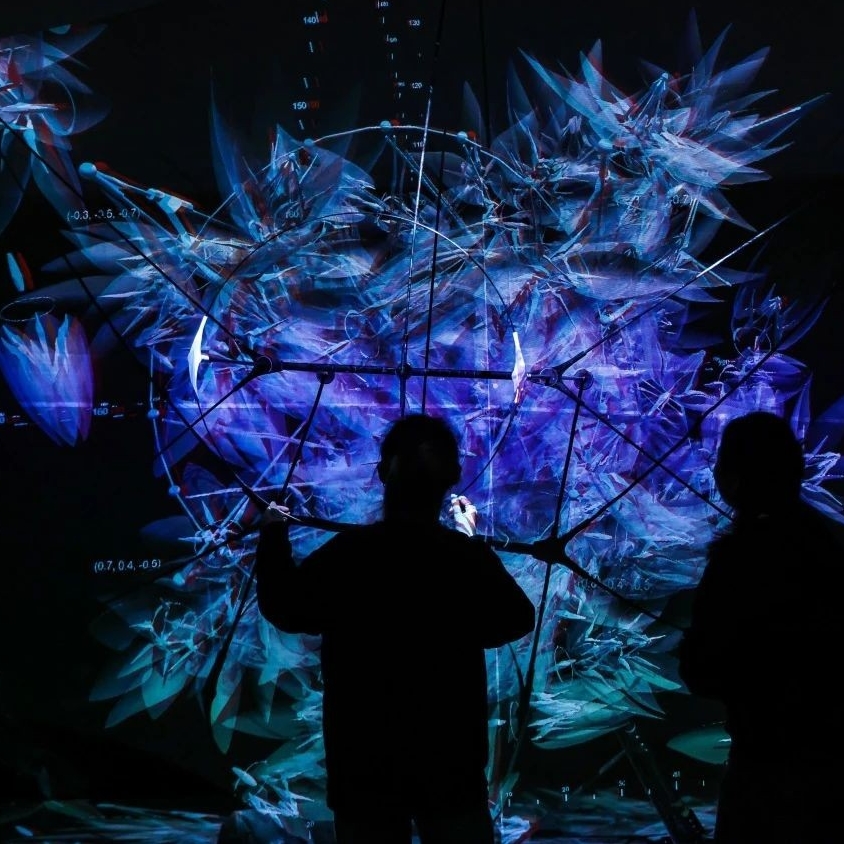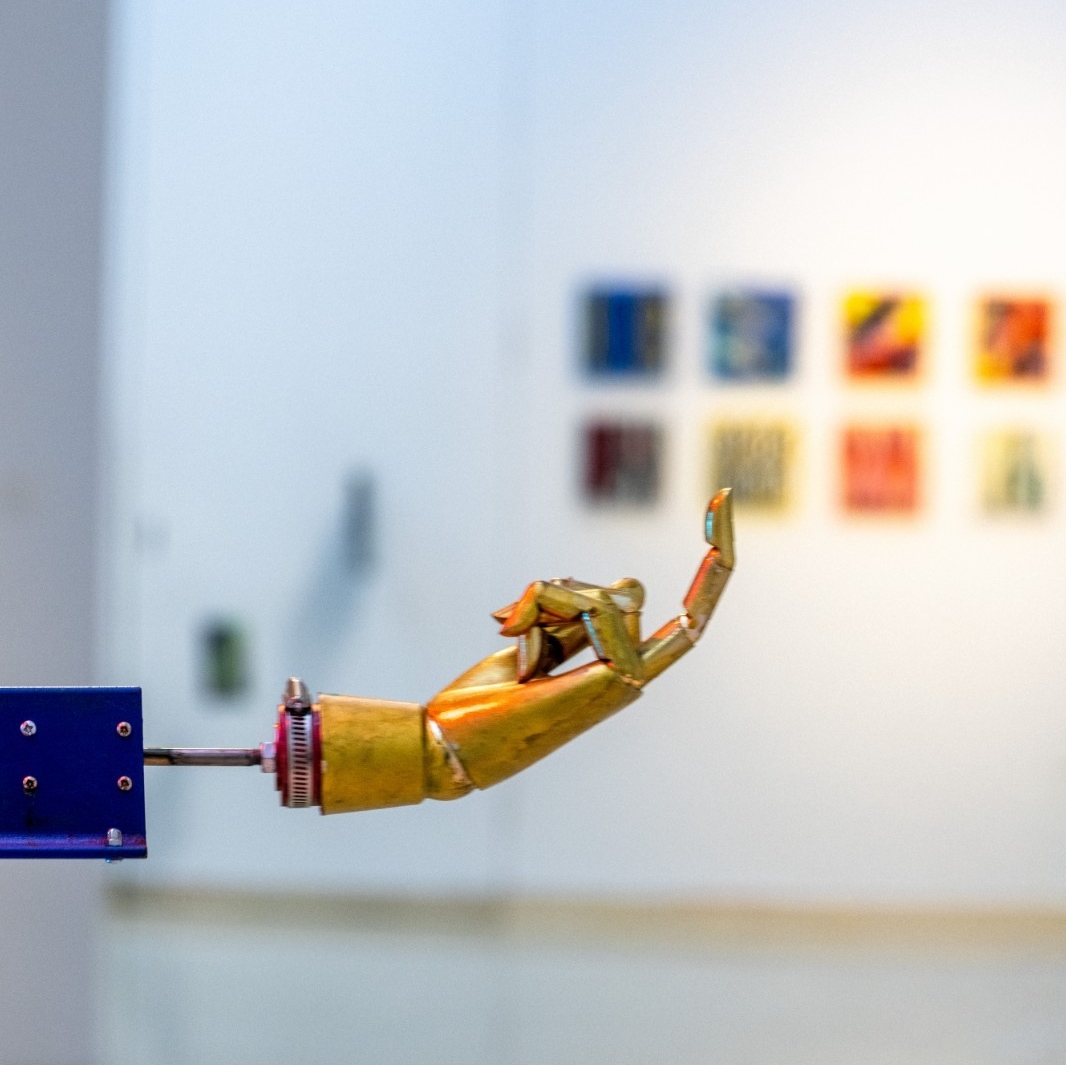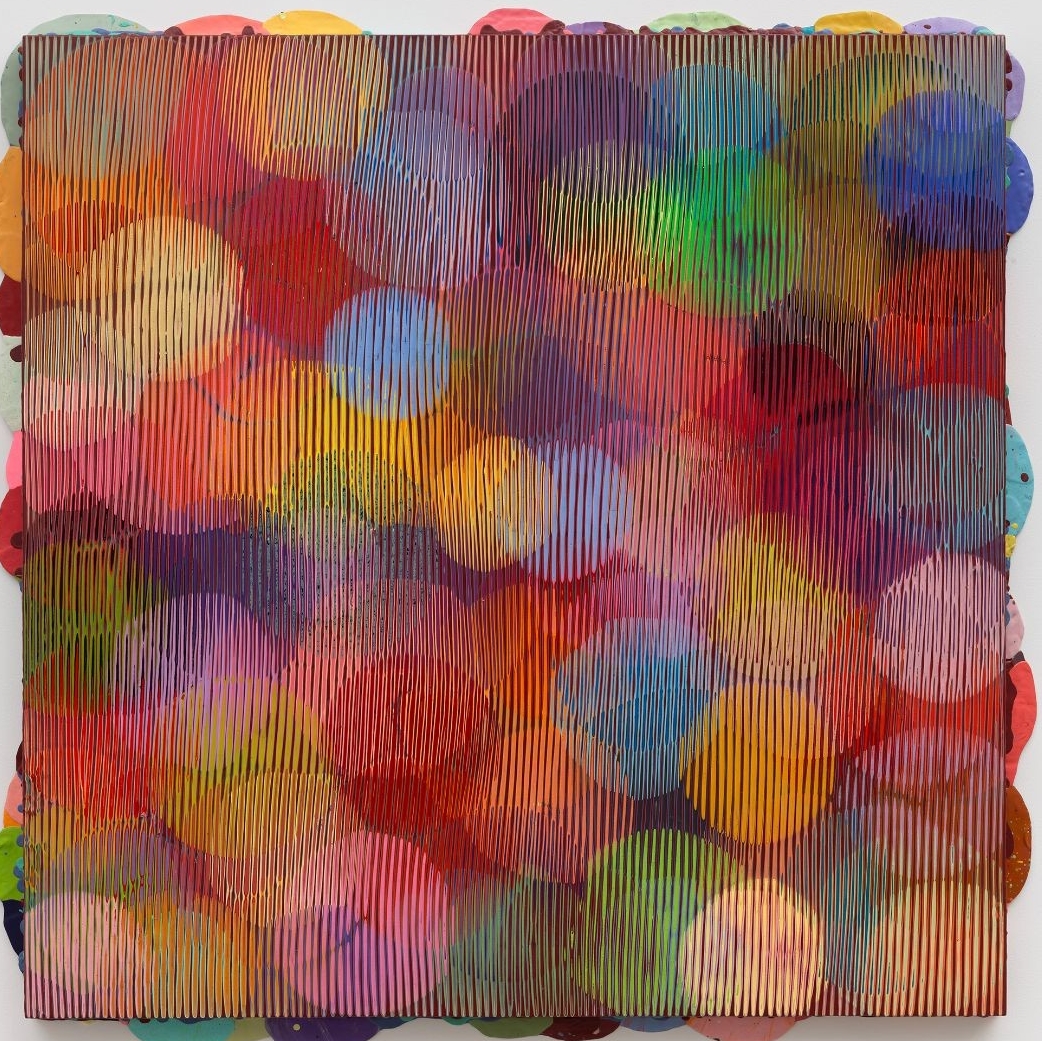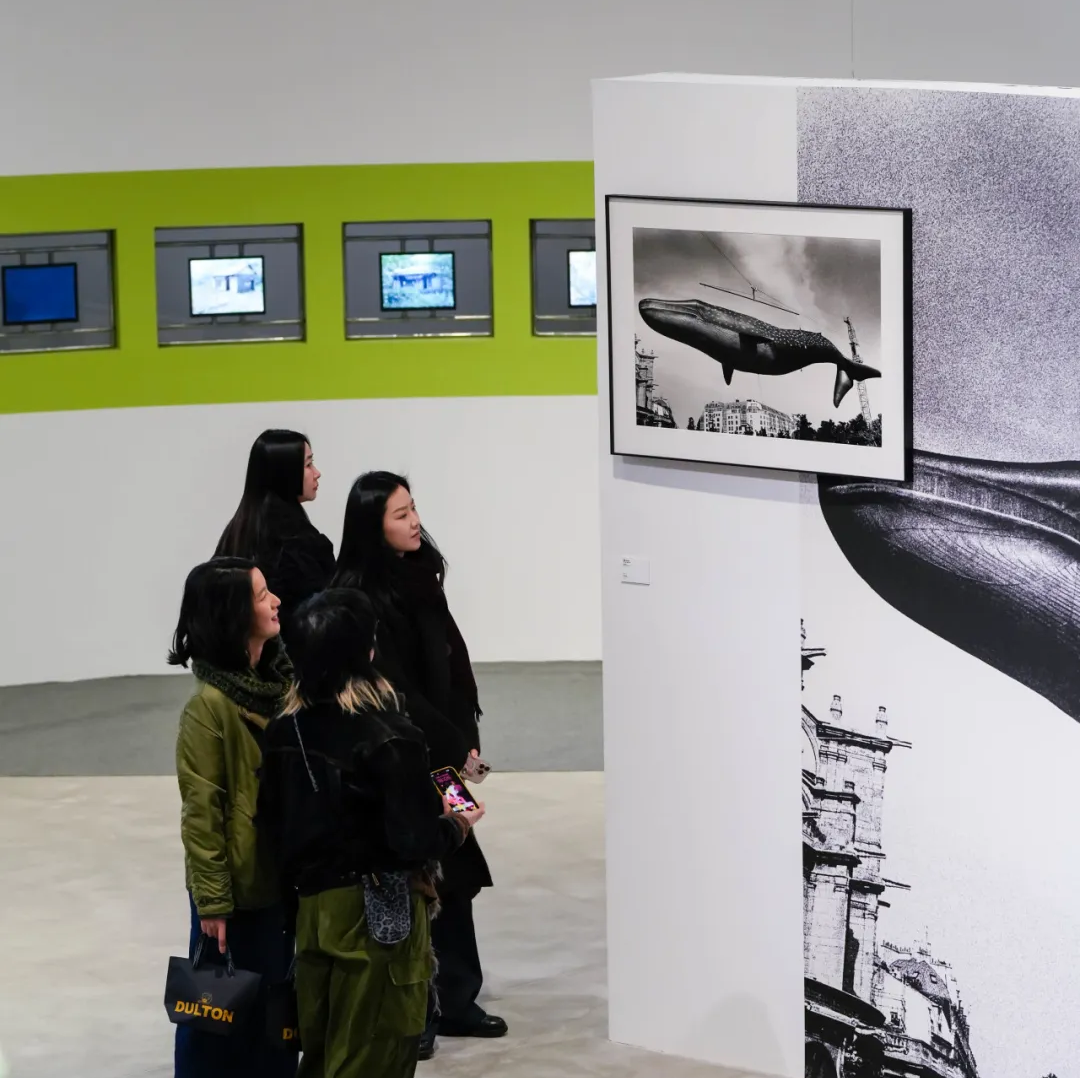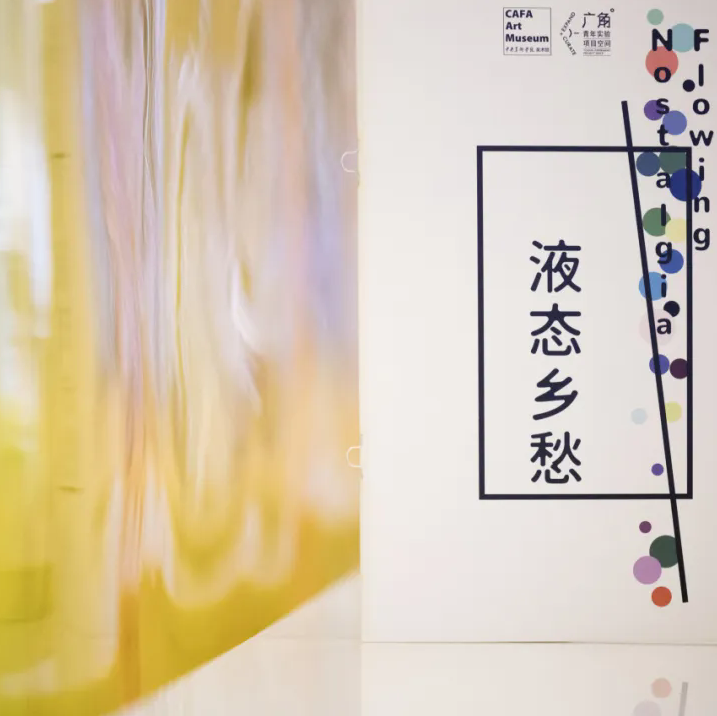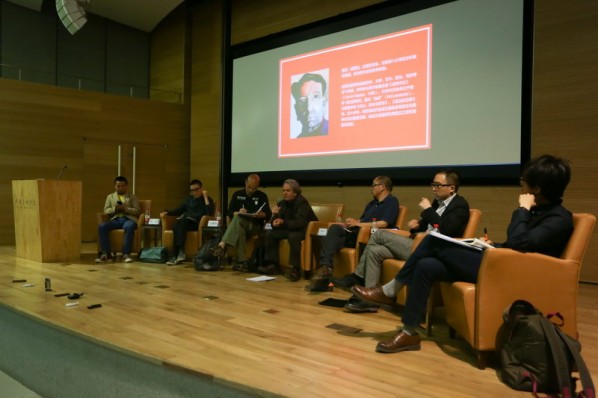
Hosted by the “Art Time” magazine and the Ullens Center for Contemporary Art, organized by CAFA Art Museum, “Aesthetic Regime of Art for Now – A Conversation with Jacques Rancière” was held at the Academic Lecture Hall of the CAFA Art Museum, at 14:00 on May 13, 2013, on the subject “What is the Time of Contemporary Art?”, held at the UCCA on May 12, the French philosopher Jacques Rancière, together with a number of Chinese artists and theorists, discussed various issues of contemporary art. The lecture was presided over by He Chi, editor of “Art Time”, and translated by Lu Xinghua, Associate Professor of the Institute of European Culture, Tongji University.
First of all, He Chi placed particular emphasis on “equality”, the view of Rancière, he hoped that the lecture starts from the “equality” base on which the presented guests have an in-depth dialogue".
The time of contemporary art
At the beginning of the lecture, the dialogue still unfolded in the form of Q & A, Rancière answered the questions about the issues of the time of contemporary art for the guests. Artist Wang Jianwei initially questioned, if contemporary art and contemporary did not share the same time and were not stable, how to make the unstable stable with the correction of knowledge. Rancière answered, first of all he was one of the men breaking into the art world, both as a philosopher and a critic, he believed that people should abandon the two versions of “modernism” and “postmodernism”, paying more attention to the observation of the human subject, so that this “unique time” did not exist, particularly citing the works of Chen Jieren’s “Factory”, which reflect the artistic tendency of appearance at the same time, a permanent experiment.
Yang Beichen, senior editor of the Art Forum said, the time of contemporary art was both indicative and retrospective, how to improve contemporary art, and separate it from modern art? Rancière answered, the “contemporary” and “modern” as being only a title, but the suggested time would often intimidate people, the movement had become the center in modern art, while the time of contemporary art was often highlighted, with many works emerging demonstrating the failure of the use of the feature. And he said the different between modern and contemporary was that modern focused on the individual, while contemporary focused on the creation of form, as well as the question: What is normal time?
Rancière agreed what Wang Jianwei said, that the concept of “breathing space” was resistant to knowledge-based, however, he paid more attention to the current time, currently many art works make use of themes from years ago, which create an effect that is sensitive for the audience – numb – sensitive, that is, our emotions change repeatedly, which require the establishment of a new frame on time.
Revolution and Chinese contemporary art
In the second part of the lecture, the topic was about the ontology of art and aesthetics. Scholars Tie Ying and Yang Beichen asked, if Rancière thought that there would be some differences when “Occupy Wall Street” reached a consensus? Why did “the emotional allocation” become feasible? Rancière believes that consensus was a framework led by the normal appearance of the fact, while paresthesia is “agreeing with the opposition”, no matter how to occupy, the paresthesia has been born and exerted its effect.
According to his personal experience, Wang Jianwei said, when everything expanded in the same environment, it was possible that people lost their thinking, which worked both in society and contemporary art, what we occupied was loyal to the environment. Rancière believed that we must initially understand the meaning of “equality”, in French, the word stood for “search”, associating the unknown and known, Rancière believed that regardless of the current environment, we should still keep “searching”.
Artists Wu Xiaojun and He Chi questioned whether there would be a revolution and “Cultural Revolution” in the future? Rancière believed that the revolution came from nothing, so that it was possible for a revolution in the future. “Cultural Revolution” in the art circles didn not mean that it launched a movement, but practiced on itself, abandoning the status as an expert, into an ignorant position. Lu Xinghua said it should escape from poor knowledge and remove the “academy” from “the legalization of gauge”.
Q & A section
Someone said it was difficult to unify the aesthetic within the community, how can it be maintained? Rancière said, community was not equivalent to the simple collection, and should be the collection of form, discourse, and image, everything was impersonal, we had to break the visibility of the structure, breaking the mainstream and reconstructing it, a community initially existing in our bodies.
Another student questioned the relationships between ideology, revolution and differences, Rancière said it was difficult to correctly understand the environment around them, which resulted in misleading self-awareness, a man thought he could not resist a social structure because he could not understand social structure. Therefore, we had to think about how to jump away from the possibility of their own identities.
About Jacques Rancière Jacques Rancière is a scholar of philosophy, literature, art, film and other media co-authored “Reading Capital/ Lire le Capital”, 1968, with Louis Althusser, in the 90 years, he began to focus on the aesthetic - political study and put forward “Mésentente”, his major monographs including “Ambiguity: Politics and Philosophy”, “Political Edge”, etc. Over the past decade, Rancière's works have been an important resource to rethink the relationship between the political and the aesthetic, and he’s an important thinker, following Foucault and Derrida.
Journalist: Sun Tianyi, translated by Chen Peihua and edited by Sue/ CAFA ART INFO


